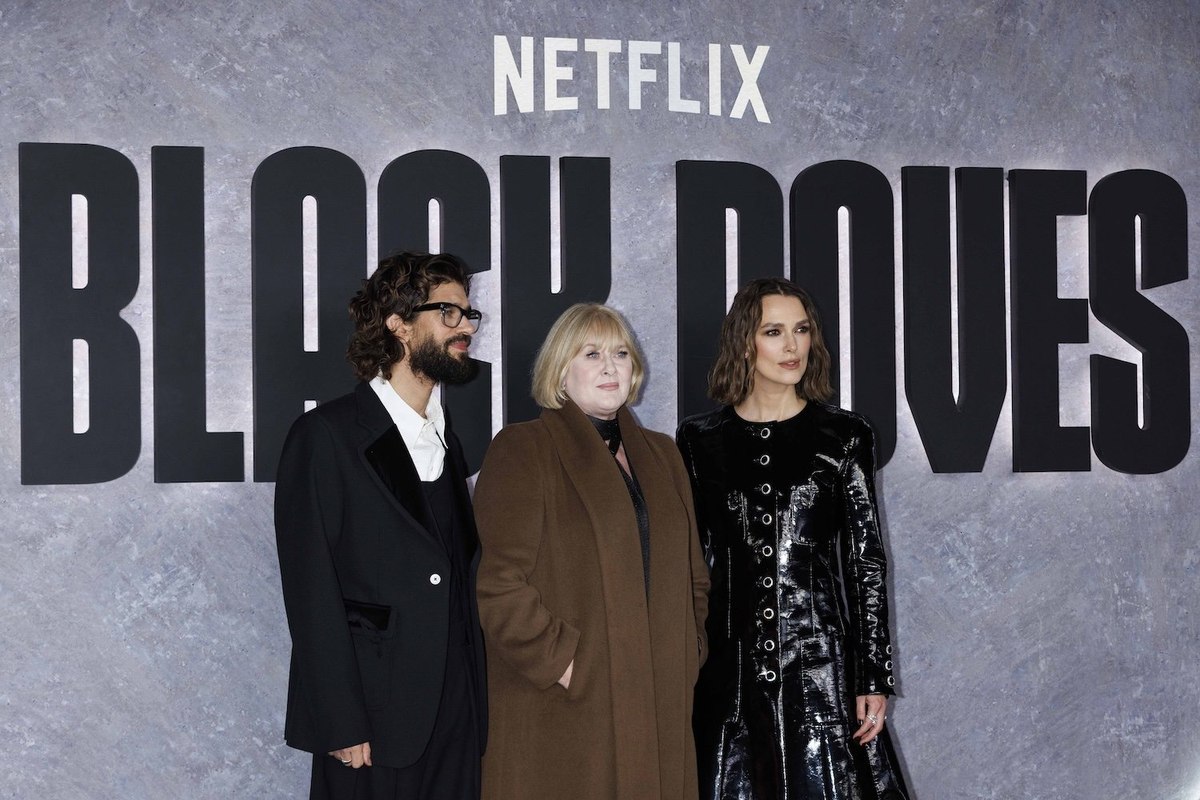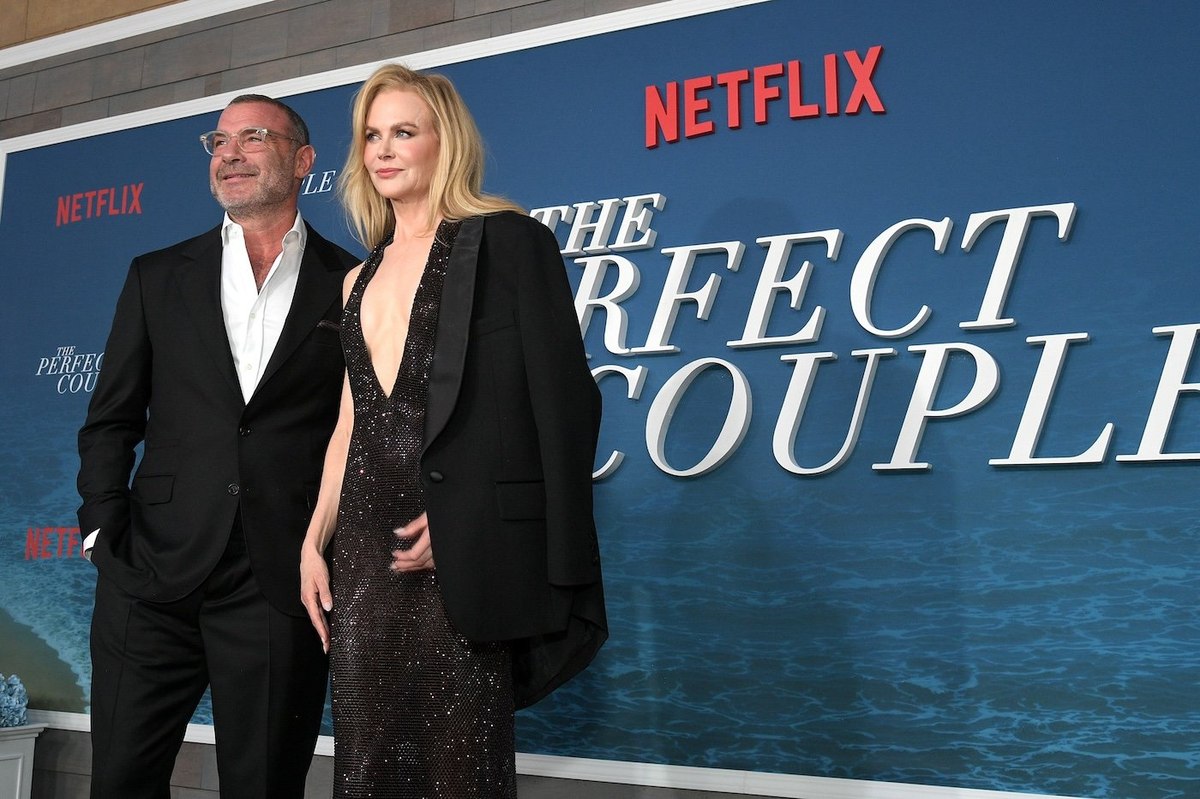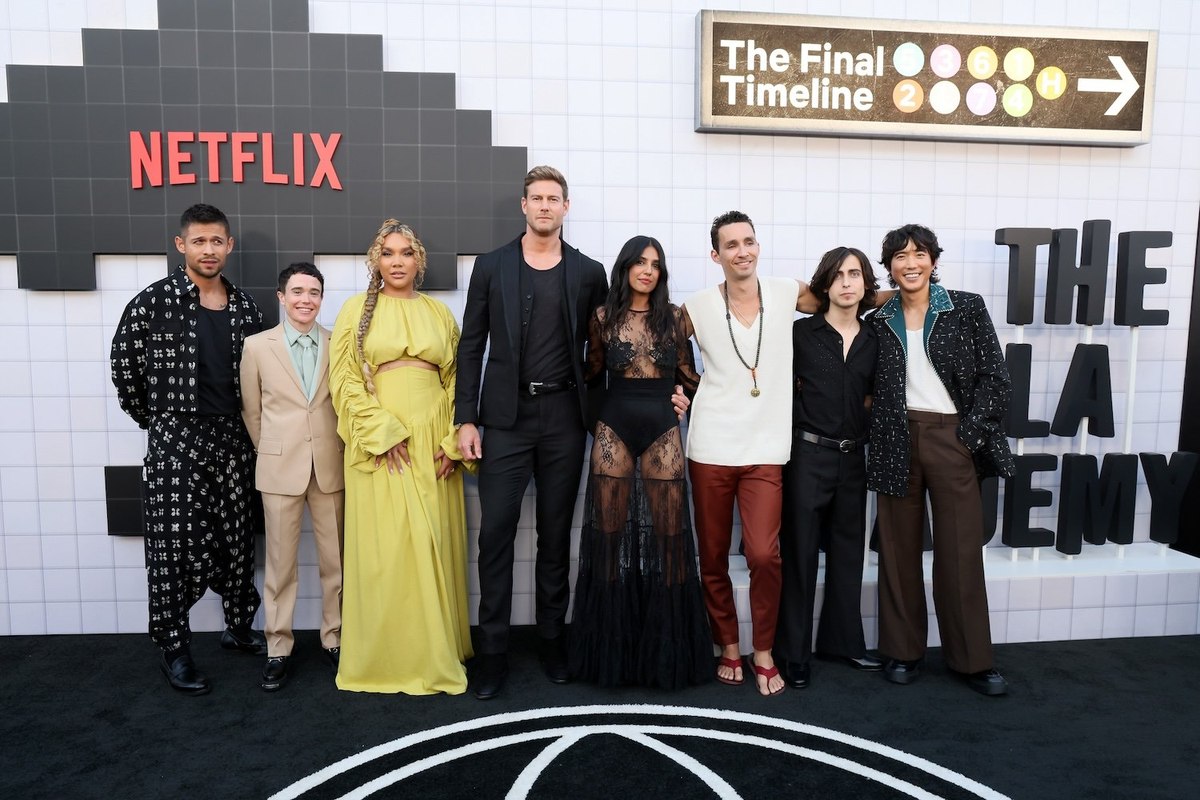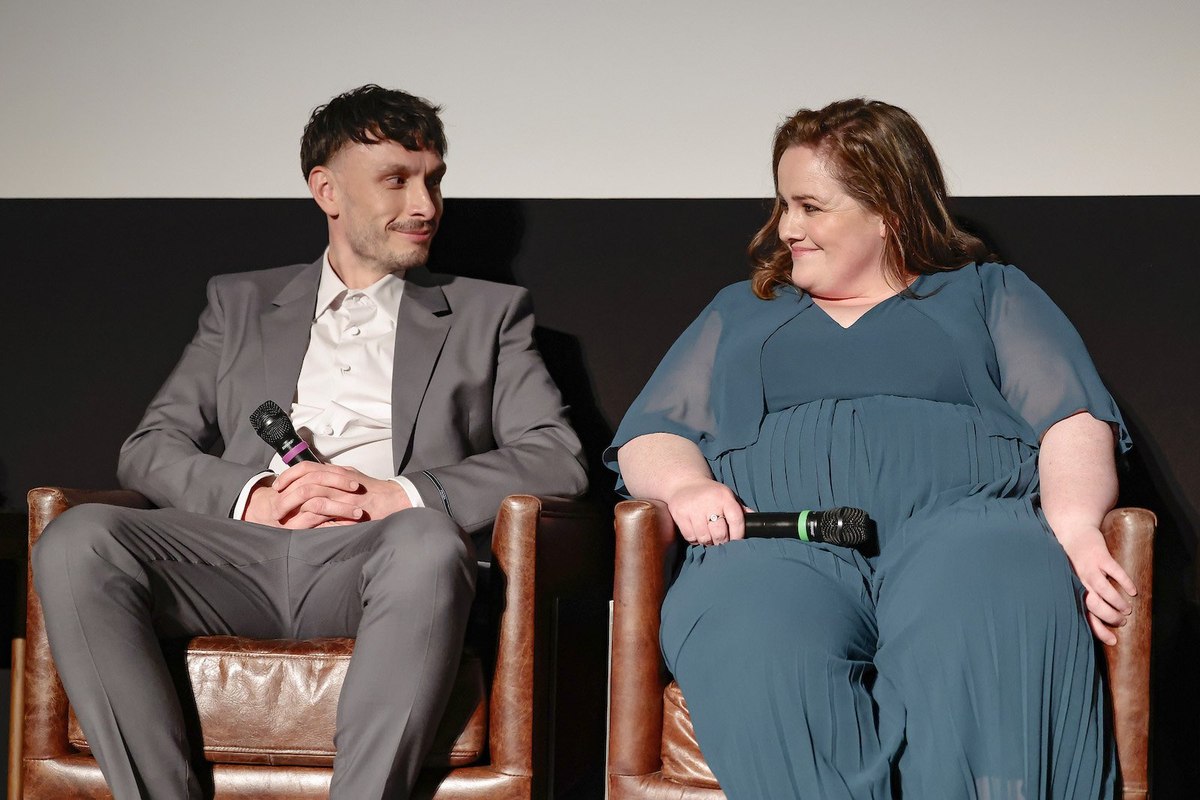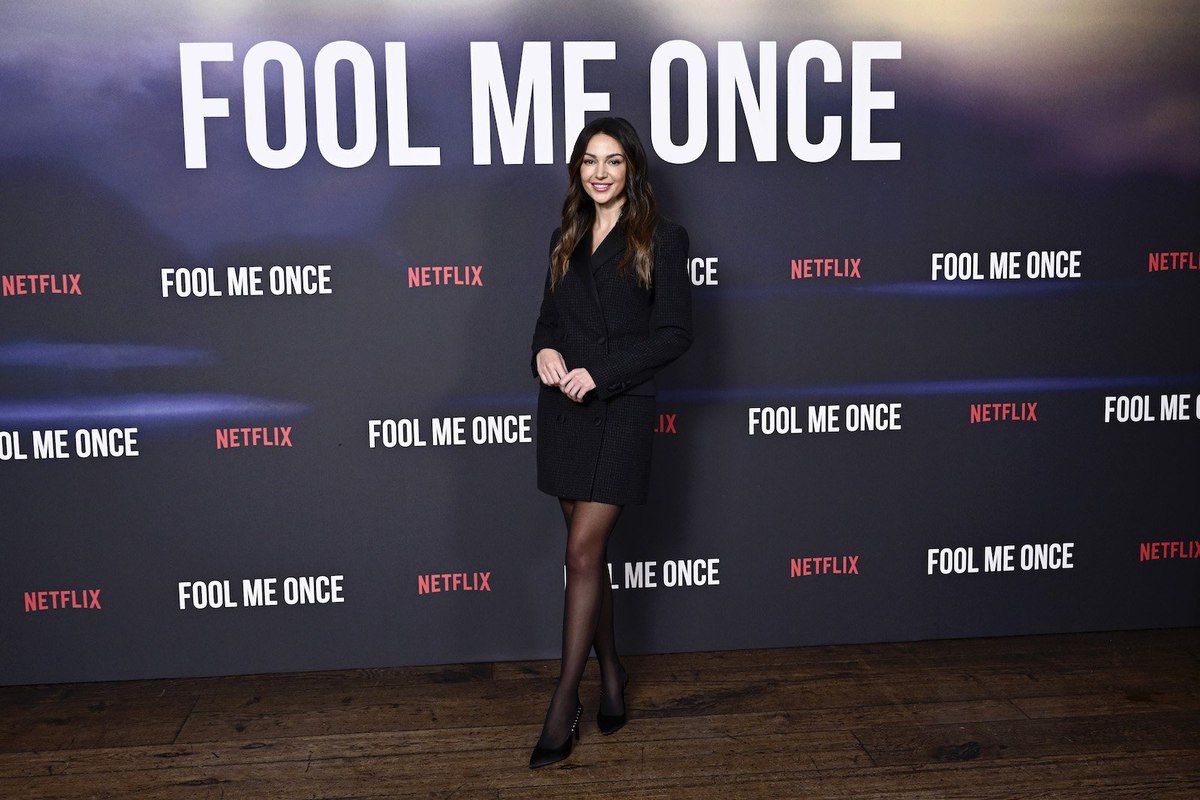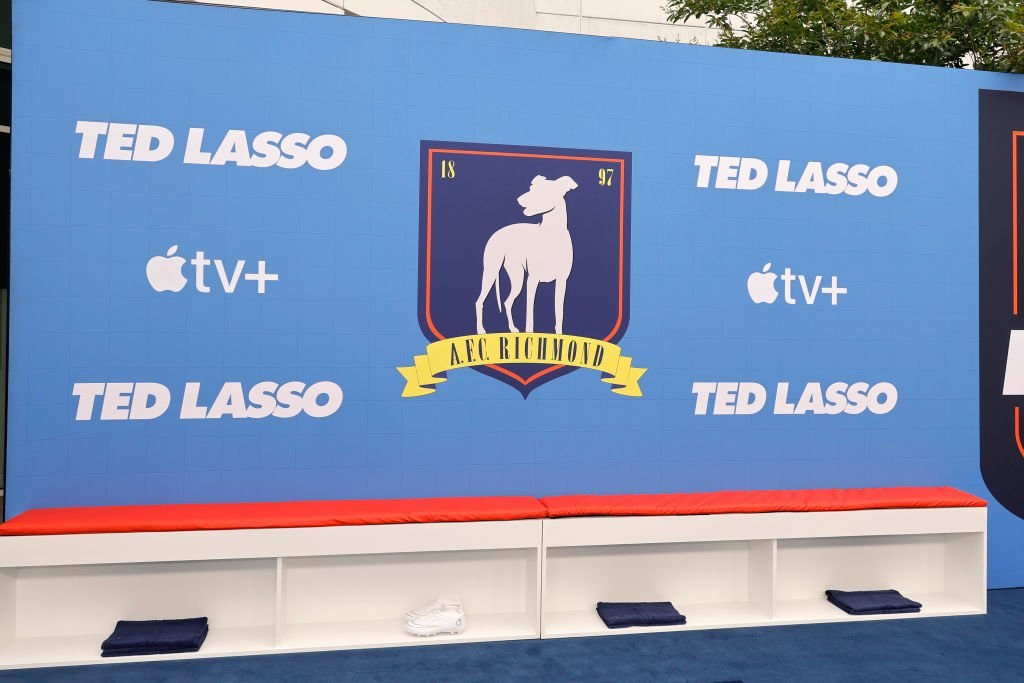
How do you measure the value of a product placement?
With the explosion of demand for SVOD (subscription video on demand) platforms like Netflix, Max, Hulu, Amazon Prime Video, and more, the opportunities for product placements have rapidly expanded alongside the rise in content production. As traditional and newer advertising channels face hurdles like ad skipping, ad blocking, and ad fraud, product placement has emerged as a reliable method to capture audience attention in the modern media landscape.
This shift towards integrated brand promotions within media content presents both opportunities and challenges, particularly in measuring the return on investment (ROI) of product placements. Marketers seek tangible methods to quantify the impact of their investments, making the measurement of media value through product placements a unique challenge.
In this article, we’ll discuss the intricacies of product placement, from defining what it is and examining notable examples, to understanding its cost to the unique approach of measuring its value through advertising value equivalency and YouGov’s Placement Quality Scoring (PQS).
Here’s a summary to jump to the part you might find most useful:
What is product placement?
Product placement is when a brand works to incorporate their brand or product into content into various forms of media content, such as television shows, movies, music videos, video games, and even user-generated content. The goal is to subtly promote the brand and its offerings to the audience consuming the content.
Product placement has a long history, dating back to the silent film era with Buster Keaton and Fatty Arbuckle. It gained significant traction in the 1980s as brands started investing heavily in prominent placements within blockbuster movies, often for six or seven figure sums.
Newer product placement examples include Aston Martin cars featured in James Bond films and Nike sneakers in Forrest Gump. More recently, product placement in Stranger Things and Ted Lasso have attracted a lot of attention for their product integrations.
There are various forms of product placement, including:
Verbal mentions: The brand or product is mentioned in the script or dialogue.
Active use by characters: Characters actively use the product, showcasing its features and functionalities.
Background appearances: The product is subtly displayed in the background of the scene, creating brand awareness through visual recognition.
These placements are often referred to as brand activations or integrations.
Product placement costs can vary significantly depending on factors like placement prominence, content popularity, and target audience. While it’s certainly true that brands can pay a lot of money for product placements, many product placements do not involve the transaction of money. This is because once a brand has paid to appear, they rightly want input on exactly how their product appears on screen. This can lead to creative constraints for directors and certain logistical difficulties.
Instead, product placement often occurs under a ‘win-win’ arrangement. This is where content- makers receive free products, take no payment, and integrate them however they see fit. The content-maker saves on staging costs and clearances, while the brand gets exposure for the simple cost of their products.
What’s the value of a product placement?
Understanding he value of product placement involves recognizing its ability to improve awareness and consideration significantly, essential parts of bolstering brand health. However, measuring this impact presents a challenge, as traditional metrics like advertising value equivalency often fall short in capturing the nuanced benefits of product placements. Asking people who have watched the content with product placement is the most direct measurement approach, but even after sourcing specific target audiences of viewers via survey solutions, self-reported results can remain hard to quantify.
To solve this problem, YouGov has developed a new metric, Net Placement Value (NPV). This helps marketers easily understand the value of a product placement by calculating a placement’s Advertising Value Equivalency using its Placement Quality Score (PQS).
A Net Placement Value is a dollar (or other currency) figure that estimates, based on both the reach and the quality of a brand’s exposure via product placement, how much it would cost to achieve the same level of exposure through traditional advertising. This enables marketers to gauge the return on investment or earned media value for their product placement.
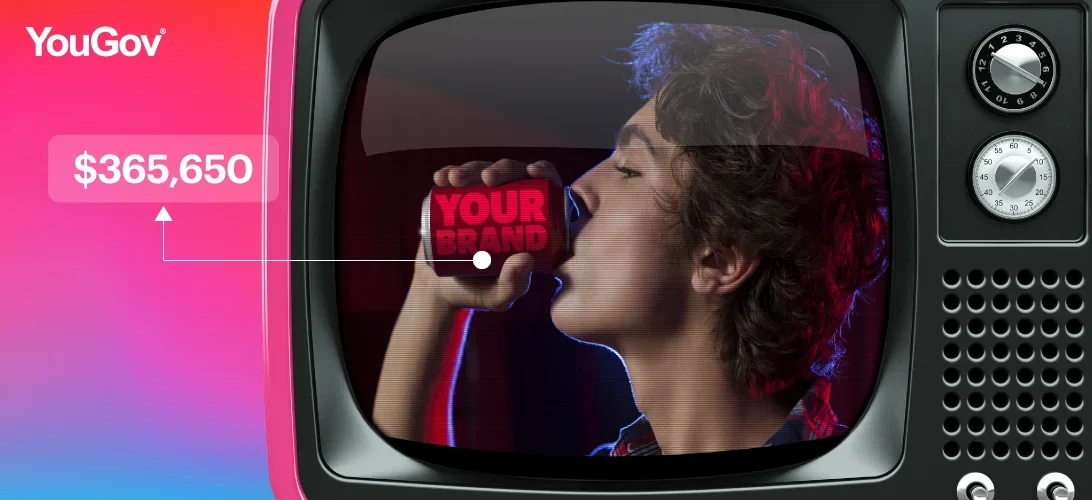
How does YouGov Placement Quality Score work?
1) Creating a gross value for the media
To create a gross value for the media we combine YouGov data on viewership and streaming with market advertising rates. In other words, we see how much the content was viewed, which indicates how much the media itself was worth.
For example, if a cost-per-thousand (CPM) for 30 seconds of advertising in a market is $20, and the audience for the content in that market is 100,000, then the gross value for 30 seconds of advertising to that market via the content would be $20 x 100, or $2,000.
2) Creating a Net Placement Value (NPV) from the gross value
To create the NPV for the product placement, we then analyze the product placement and calculate its Placement Quality Score (PQS). Each possible PQS relates to a specific discount, with high-quality placements discounting less from the overall value, and low-quality placements discounting more. We multiply the gross value calculated above by the placement’s discount percentage to calculate the Net Placement Value.
For instance, the example above could have a high PQS which means it’s discounted to 70% ($1,400 of NPV), or it may be a lower-quality placement which is discounted to 10% ($200 in NPV).
3) How the Placement Quality Score is calculated
Tapping into YouGov’s panel of more than 26 million registered members worldwide, we identified what makes a product placement good or bad. Using these attitudes toward product placement, we built a model that places greater weight on the things that consumers said were the most important to make a product placement effective, and less weight on the things people said were the least important.
Rather than always having to find and ask viewers whether they thought a specific product placement was effective, we instead asked people what makes a product placement effective (defining effectiveness as what would make respondents notice and remember product placement, or what would increase their likelihood of buying from a brand that has product placed) and built the model based on their responses.
The result is that we can put some simple data about a product placement into our model, and as an output we get a Placement Quality Score that reflects exactly what makes a product placement good in consumers’ eyes.
4) Contextualizing this data
While NPV amounts are trusted and extremely helpful for gauging return on investment, they don’t always tell the whole story. Qualitative data to contextualize a placement’s performance can be extremely important.
YouGov Stream, which measures the audiences for product placement valuations, goes beyond raw numbers by delving into the demographics and psychographics of viewers exposed to the placement. This allows you to understand:
Who saw the placement: Gain insights into age, gender, income, and other relevant characteristics of the audience reached by the placement.
Their preferences and behaviors: Uncover the viewing habits, brand preferences, and overall sentiment of the audience, providing valuable context for interpreting the placement's impact.
From divorced Married at First Sight viewers, to Is it Cake? fans who don’t eat sugar, to Americans who just got their own Netflix accounts, we can even re-contact them to participate in a custom survey if you need.
Optimizing your product placement strategy
By leveraging YouGov’s PQS and audience insights from YouGov Stream, you can gain a comprehensive understanding of your product placement performance and make data-driven decisions to optimize your strategy. Here are some key benefits:
Compare and contrast placements: Effectively evaluate the relative value of different product placements across various programs and platforms.
Identify high-performing content categories: Discover the types of content where your brand resonates best with the target audience.
Negotiate informed pricing: Armed with data on reach, quality, and audience demographics, you can negotiate pricing for future placements with greater confidence.
Product placement, when strategically implemented and effectively measured, can be a powerful tool for boosting brand awareness, enhancing brand image, and driving positive consumer sentiment. By utilizing YouGov's PQS and audience insights, you can gain a deeper understanding of your placement performance and make informed decisions to maximize the return on your investment.
Interested in how to build your own top brand? Our guide offers a comprehensive walk-through designed for marketers and managers ready to make a real impact: How to build and measure your brand’s success.



